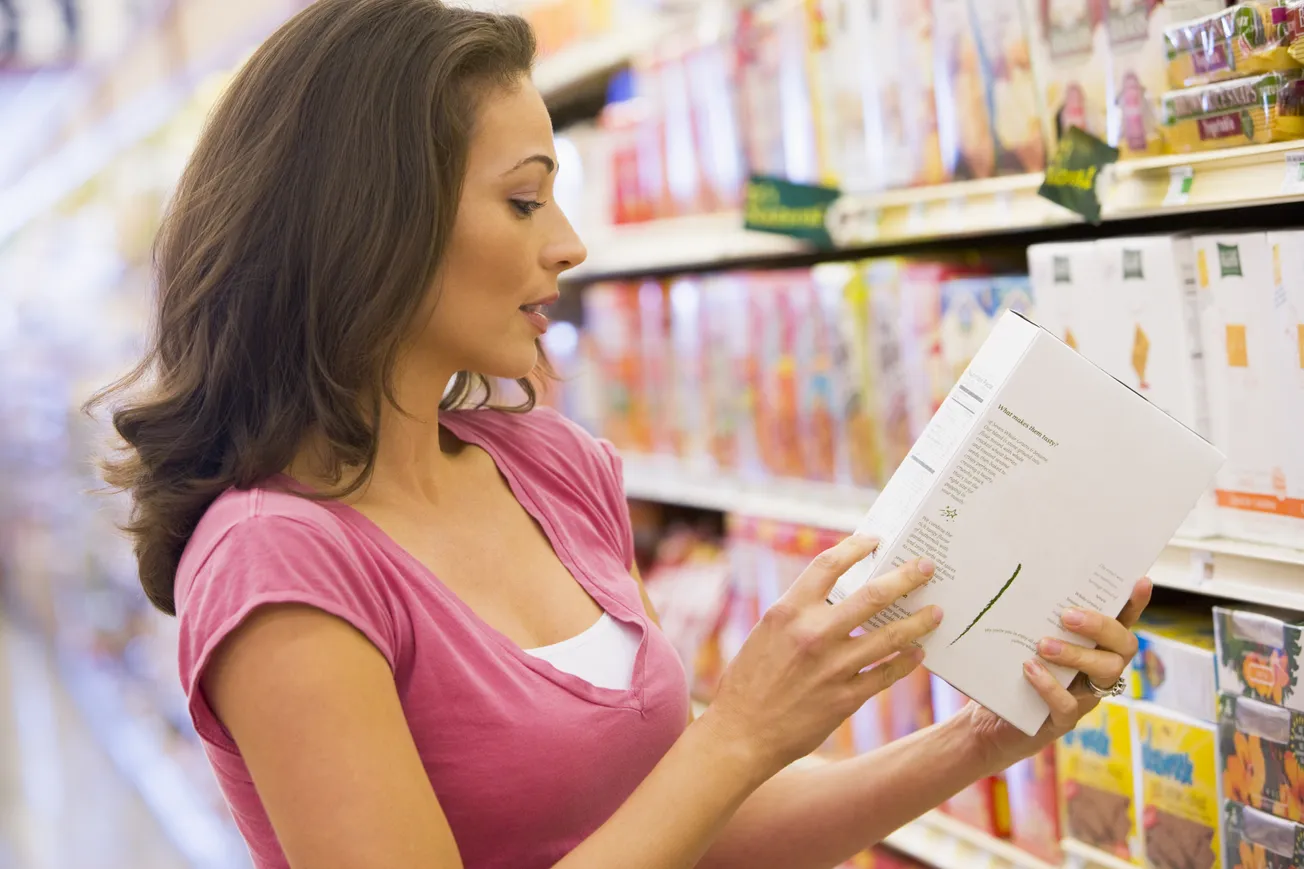By Rob Velez
According to a recent survey by ThinkNow, corporate decision makers in marketing and consumer research have realized the economic power of diverse consumers and demographic shifts — recognizing multicultural marketing (or inclusive marketing, as we like to call it at Vevo) as a key growth strategy. In fact, over 30% of respondents are planning to increase their multicultural budgets, pointing to cultural influences on their businesses and the importance of staying ahead of media trends and demographic shifts.
And as the population continues to become more diverse, we’ve also seen a shift in expectation that the content and ads consumers see and watch are representative of the world around them. In fact, today’s consumers are even more likely to buy from brands that advertise in content that highlights voices and stories from traditionally underrepresented or marginalized groups.

Our most recent Vevo Media Tracker survey shows that 70% of Black American consumers, for example, find it important to watch content that reflects their cultural heritage and/or personal identity — 27% more so than the total population.
To align with these expectations, we’ve seen a shift in the way marketers are approaching audiences with personalized messages that drive meaningful connections leveraging culturally relevant content available on environments like CTV and streaming to reach audiences at scale. As a result, available inventory on and around premium streaming content has become complex — making it harder to reach audiences inclusive of traditionally underrepresented groups and cultures.
Vevo Media Tracker respondents rated music videos as the most culturally relevant type of video content, ahead of sports, where consumers can connect with their own culture, as well as explore others.
In today’s fragmented media landscape, it’s critical for marketers to meet consumers where they are — and it’s even more critical for pharma marketers in order to reach consumers authentically with clear and impactful messages. Today, pharma marketers have an opportunity to invest in culturally relevant content, like music videos, where these audiences are represented accurately and fairly.
Rethink the “general market”
Historically, pharmaceutical brands leveraged traditional advertising channels like linear TV to reach audiences. And when it came to reaching audiences inclusive of traditionally underrepresented groups and cultures, marketers typically paid no attention to injecting relevant insights in their messaging in order to build a meaningful connection. Making it even worse, marketers believed that they were reaching just enough consumers within these audience groups within their “general market” media buys — a passive grouping of all consumers that discounted certain demographics and their influence. And while we’ve begun to see prioritization efforts surrounding diverse audiences, it tends to be executed reactively — hindering access to diverse audiences. Instead, marketers should invest in data and research that accurately depicts the audiences they’re aiming to reach — whether that’s through internal advancements or third-party partnerships. Multicultural is mainstream, and marketers must follow suit.
Be intentional, not passive
Consumers have become incredibly aware when it comes to the ways in which brands attempt to connect and advertise. As such, the communication and messaging within these advertising strategies must be authentic and thoughtful. Further, by incorporating these audience insights in media plans from inception, marketers can ensure their media budgets reflect the cultural population, understand what content these audiences are watching, and shift investments accordingly.
Our world is becoming more and more diverse — fuelled by cultural shifts and generational transformation. With this in mind, marketers must ensure their business strategies are built for a new diverse future. This applies to all aspects of the organization — from budget and investment allocation to representation within organizational groups of decision makers, and the content partners and technology providers — especially as the digital advertising landscape becomes increasingly fragmented. AI should prioritize inclusivity and truly reflect the population that exists today.
Growth and innovation of the digital advertising landscape has propelled music video content forward. When executed by the right technology and content partners, pharma and over-the-counter brands can develop deep-seated connections with diverse audiences.
Rob Velez is vice president of inclusive network sales at Vevo.





